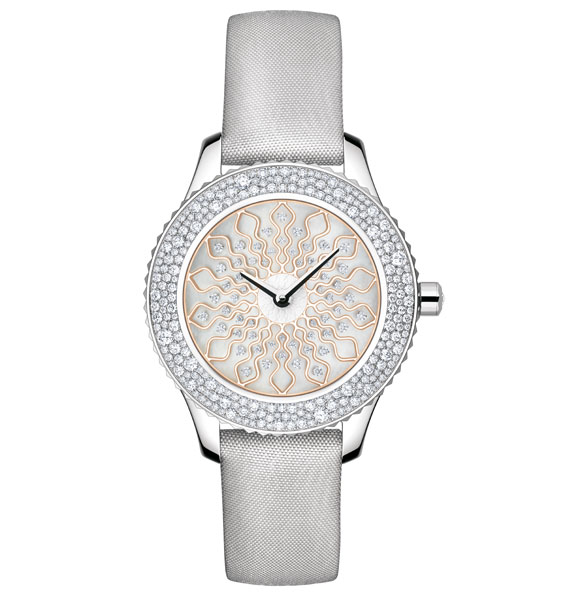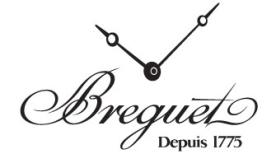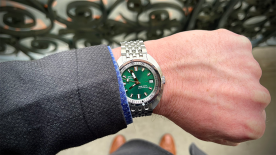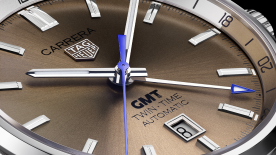There are several ways of being French, even in the watchmaking world. This is not a matter of various degrees of grumpiness or a propensity for staging strikes, but about subtle shades of identity. First of all, there is the question of historical origin. By way of example, the Leroy brand seeks to perpetuate the heritage of the successive generations bearing this name and which played a premier role in French watchmaking between 1780 and 1930.
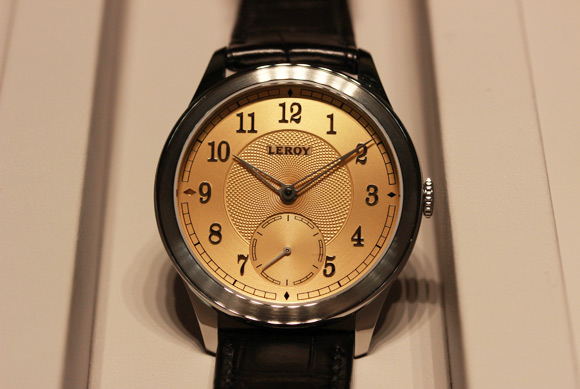
This concept of origin can prove complex: Abraham-Louis Breguet was a native of Neuchâtel, yet he spent almost his entire career in Paris. One does not become Watchmaker to the French Royal Navy – a title of which the brand is celebrating the 200th anniversary this year – from the other side of the Jura. The ties are somewhat looser now, for although Breguet cultivates a special rapport with Paris where its museum is located, the watches derive nothing else from there apart from a certain inspiration.
Almost the entire spectrum of high-end watchmaking is made somewhere between Lake Geneva and the Jura plateau region, naturally on the Swiss side. That detracts nothing from the fact that Hermès, which operates in Biel, is inextricably bound up with France and its distinctive spirit. In the same way as for Louis Vuitton, the question is simple: they have their headquarters in Paris and their manufacturing facilities in Switzerland. While the personnel is spread between the two locations, the decisions are always taken in France.
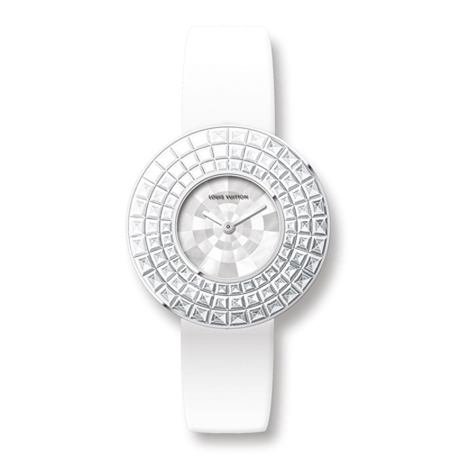
Among the ranks of French brands involved in the watch industry, jewellery firms represent a notable exception in terms of identity. These venerable Maisons were born on or around the famous Place Vendôme, where their deepest roots and ties remain firmly entrenched. Cartier has always been and still is a quintessentially French company, despite the fact that it is owned by the Richemont group which is based in Switzerland and founded on South African capital. Although its watches are made in Switzerland in the brand’s various manufacturing units, Cartier remains the epitome of French style. Likewise, Chaumet and Boucheron are resolutely located facing the famous Vendôme Column and have the corresponding 75001 postcode. Their address is an integral part of their identity. For these companies, just as for world-renowned fashion brands, watches represent a range extension: an undeniably natural one, yet definitely an extension. Whereas the models rolled out by Dior, Chanel and Hermès are objects that exist in their own right, endowed with strong watchmaking credibility, they are nonetheless ‘just’ one of the products from these brands, and definitely not the main one.
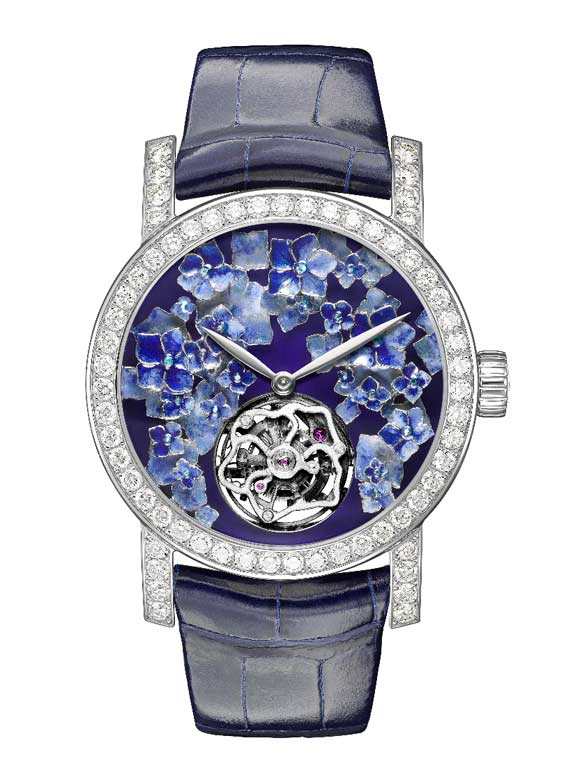
The issue is somewhat trickier for the watchmaking-only players. Richard Mille is French, its head office is in Paris. However, apart from design and creative aspects, the brand is so firmly geared towards its production and technical aspects that its Swiss side plays a clearly dominant role. This includes its assembly and case-making manufacturing facilities as well as movement-makers. For Bell& Ross, the proportions are reversed: the brand is profoundly rooted in the military world and draws inspiration from the French armed forces. Its headquarters are based in Paris, as are its decision centres and its designers. But like so many others, the brand produces its watches in Switzerland.

Above and beyond respective doses of Frenchness and Swissness, beyond passports and borders, what place does France hold in the watchmaking world? There may not be many names, but what names they are! Meanwhile, reality on the ground is an essentially human issue. In terms of personnel, tens of thousands of French cross-borders workers and emigrants work on watch production in the Swiss watch valleys. They are Swiss for only part of the day or a portion of their lives. The car parks of the Manufactures located near the borders in Le Locle, the Vallée de Joux or the Franches Montagnes are full of French number plates. The same goes for marketing and sales teams. France has its management schools, its luxury culture and of course its language, all of which naturally strengthen its ties with the world of Swiss watchmaking.
And what do all the French brands have in common? A certain cultural specificity? An approach? An overall look at both watch and jewellery brands soon shows the fairly obvious answer, based on precious stones and therefore precious objects. They share a philosophy of good taste and refinement in a resolutely sophisticated version. Aesthetic austerity is not the forte among the French who prefer luxuriant abundance. They tend to look to fashion and the world of accessories – a word they do not regard as an insult. Alongside these examples, there are two key common denominators: all seek a certain excellence and almost all opt for Swiss-made production. The exceptions are extremely rare, not especially representative in terms of volume – and hence all the more praiseworthy.
